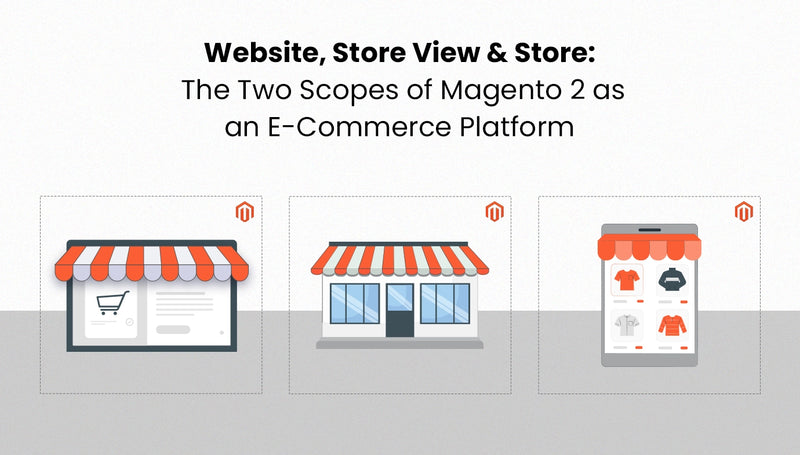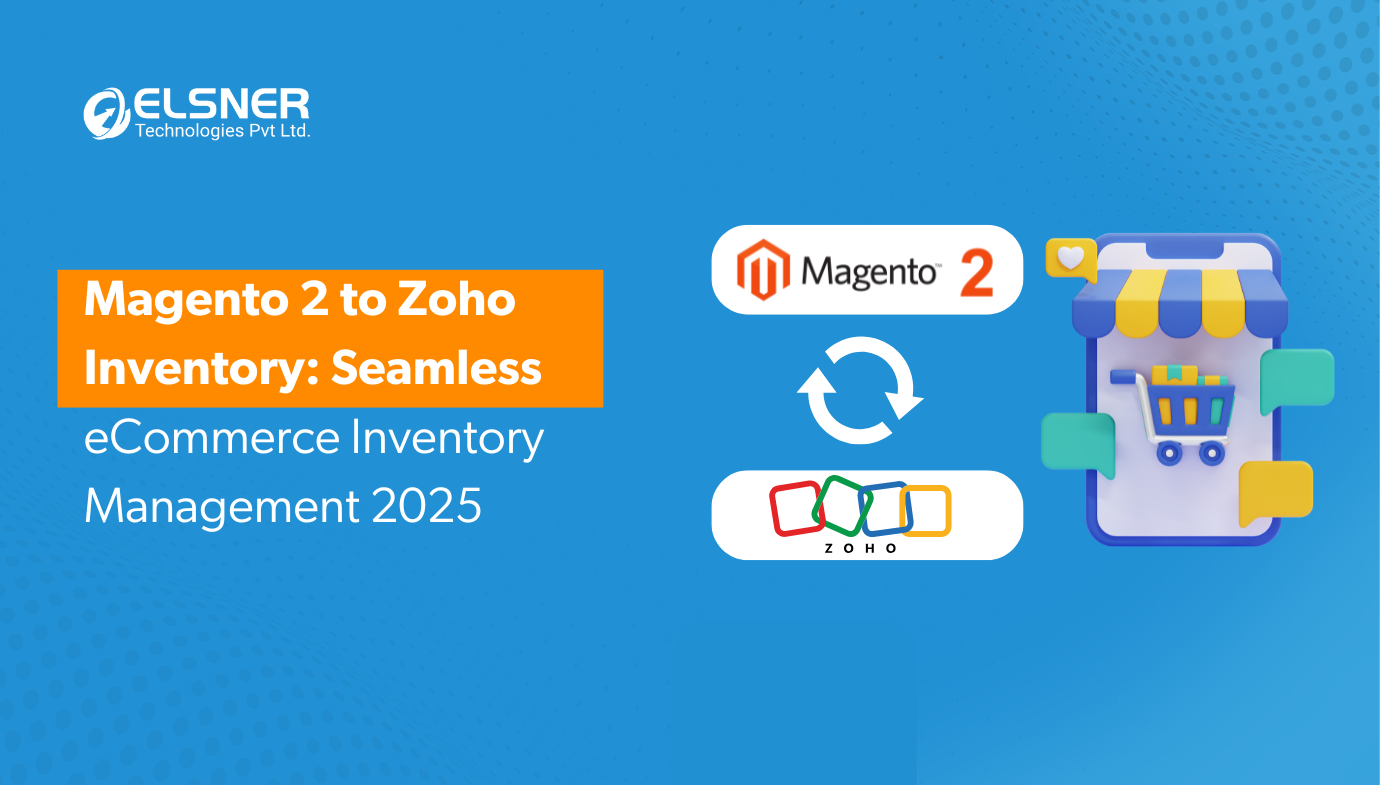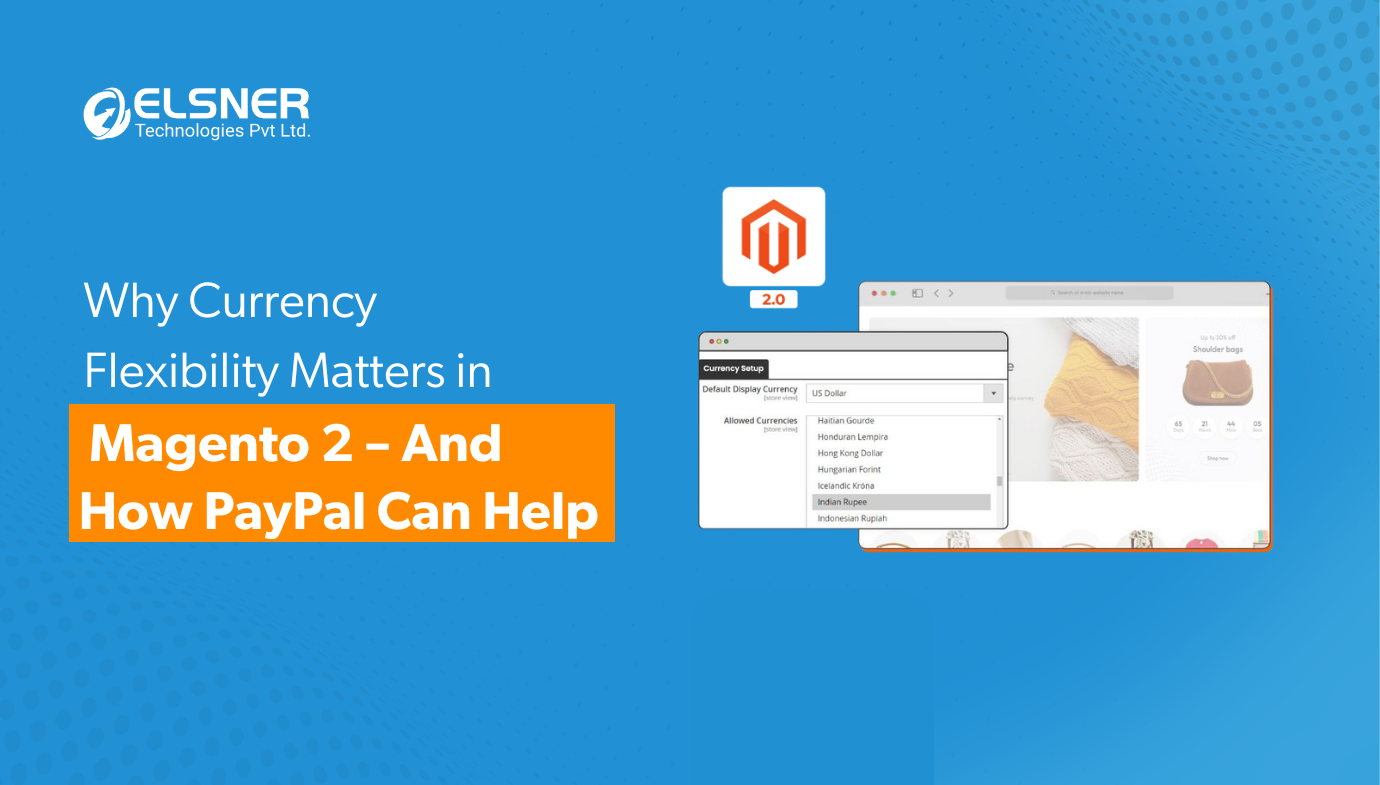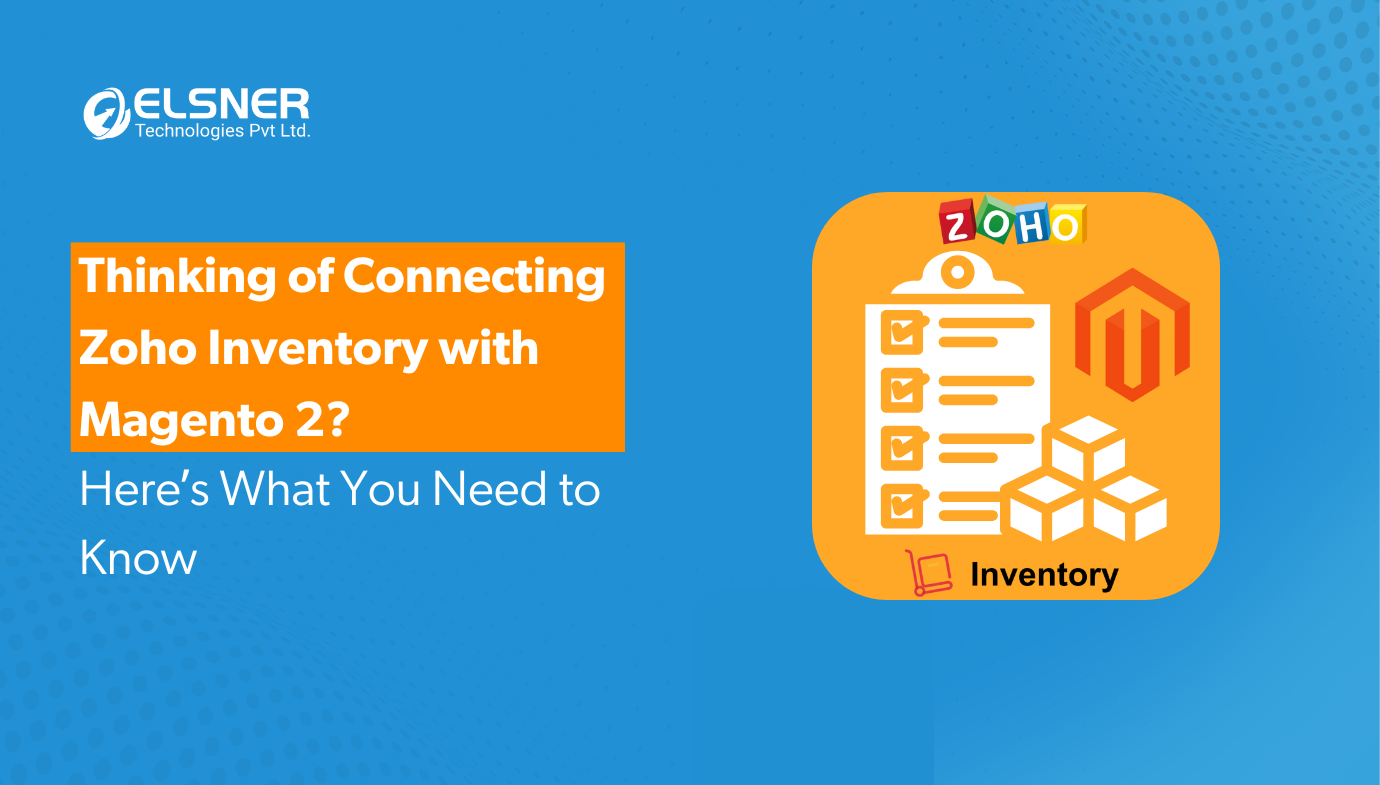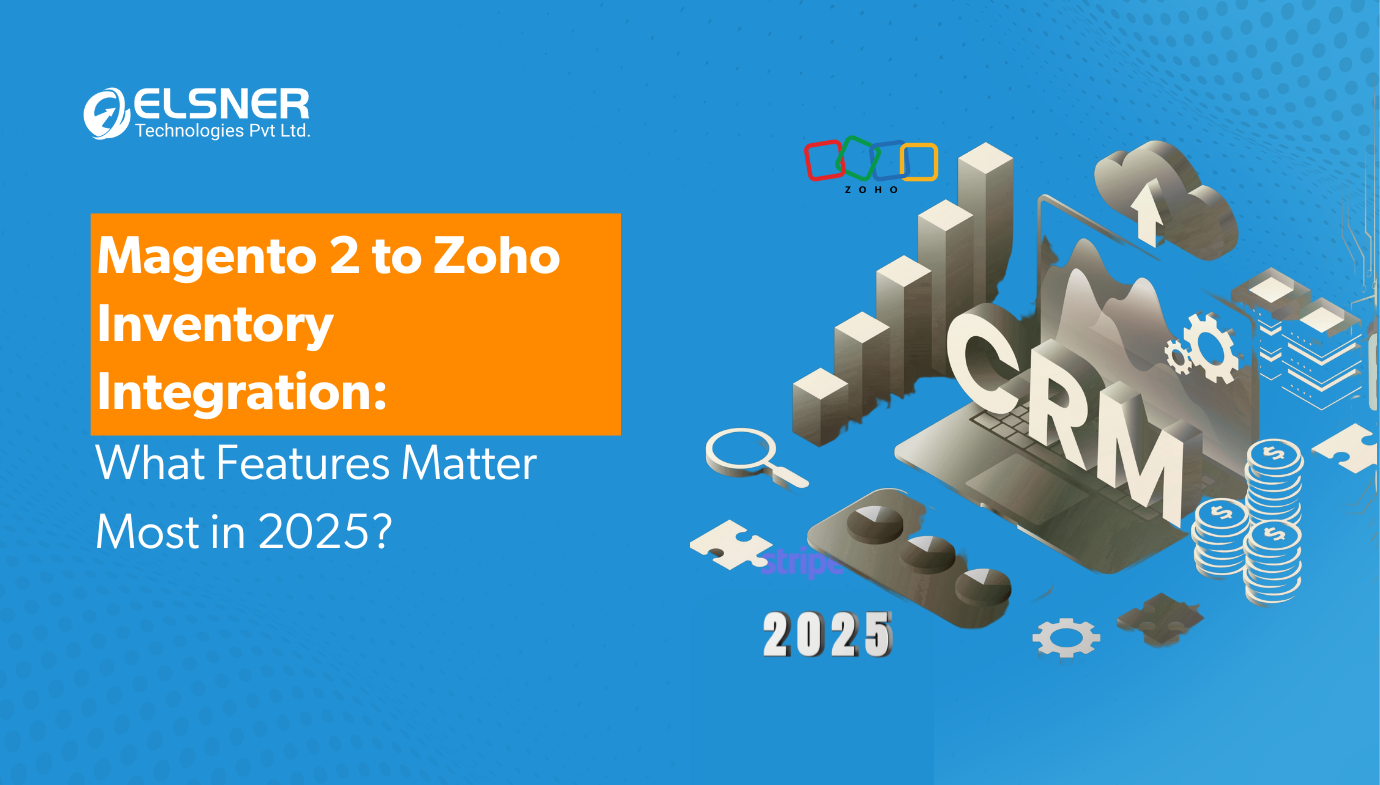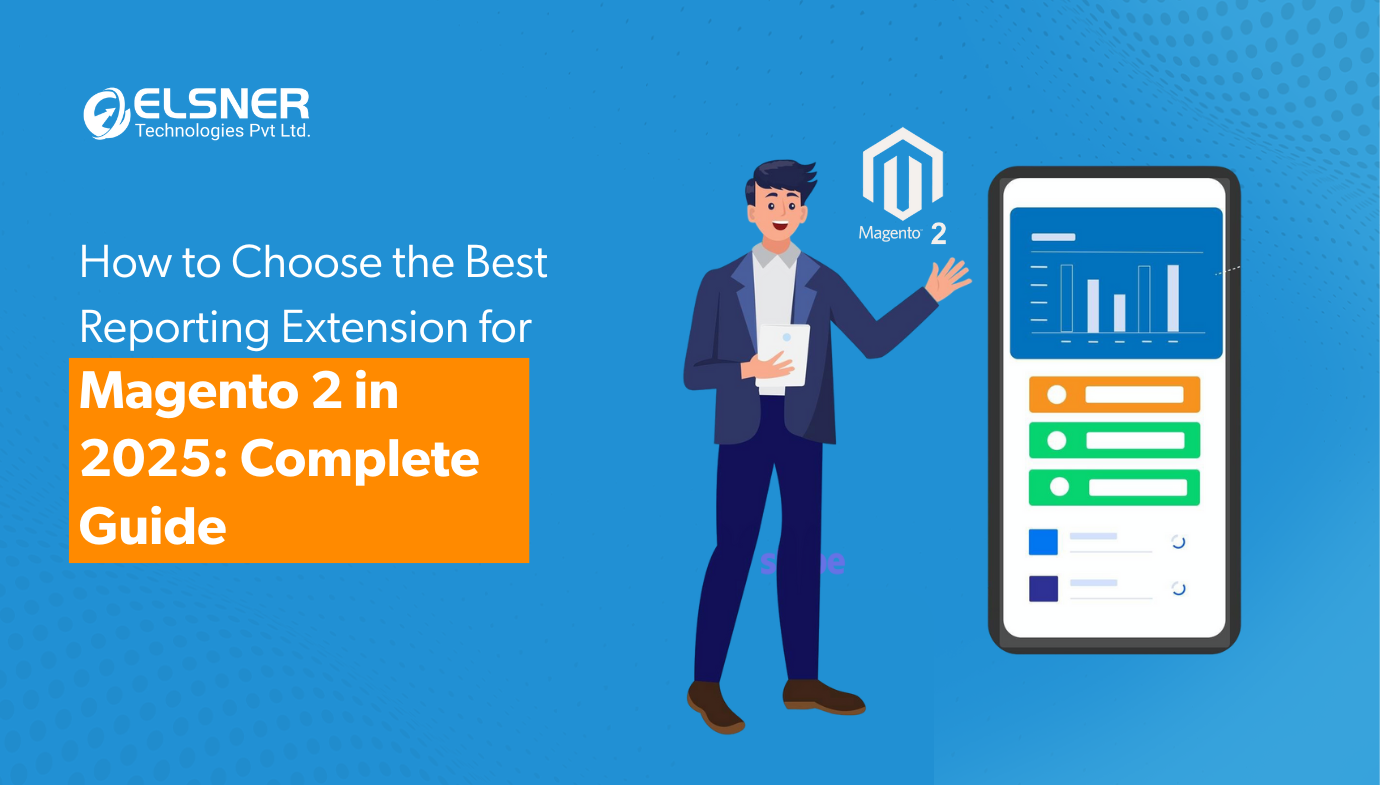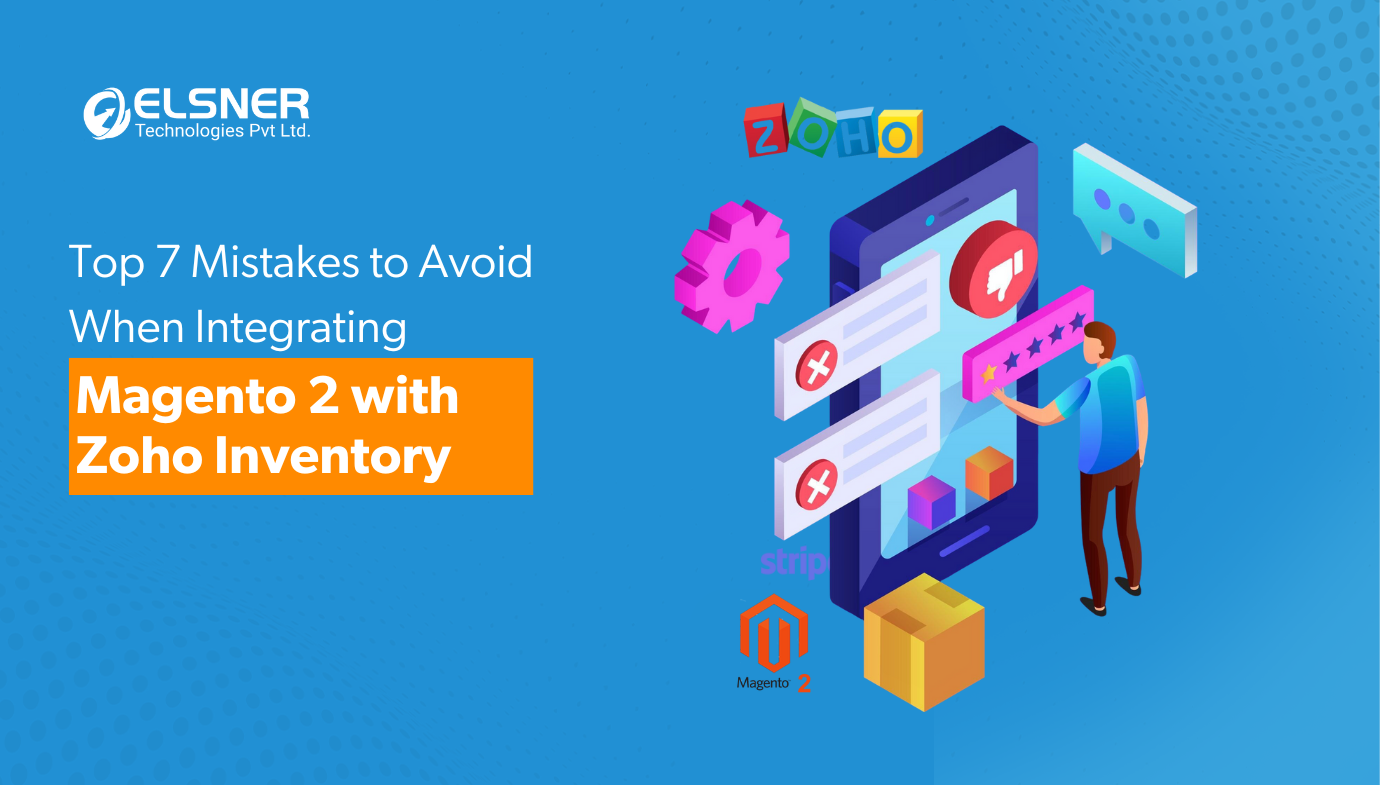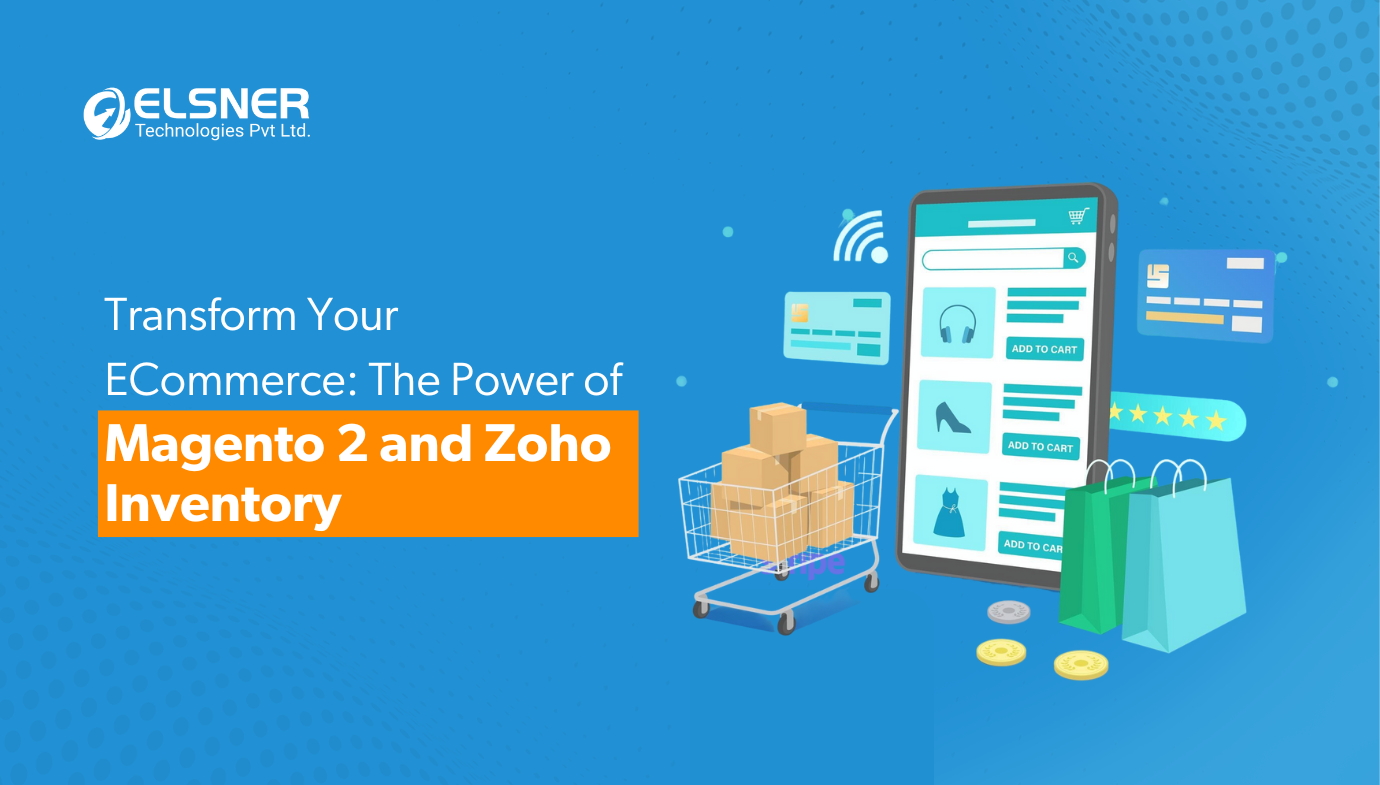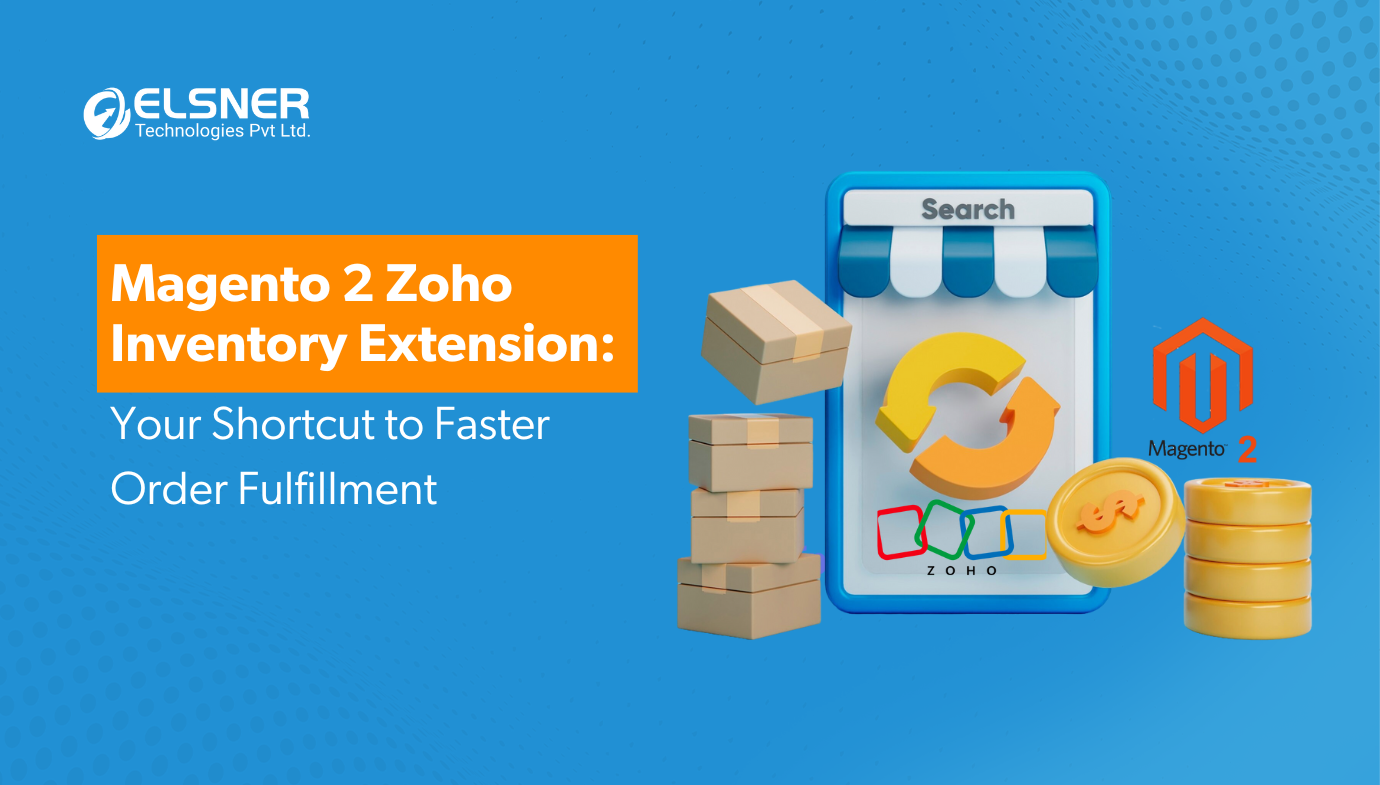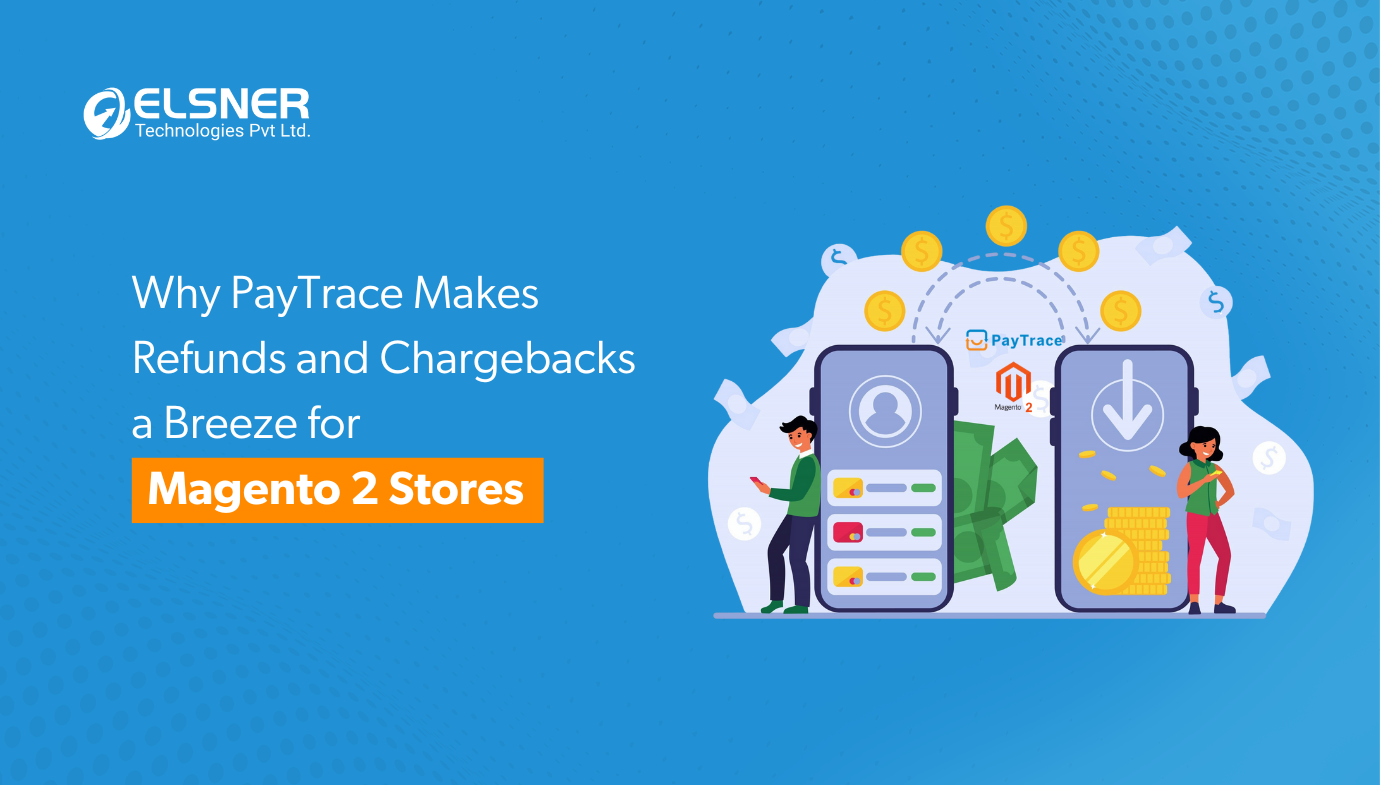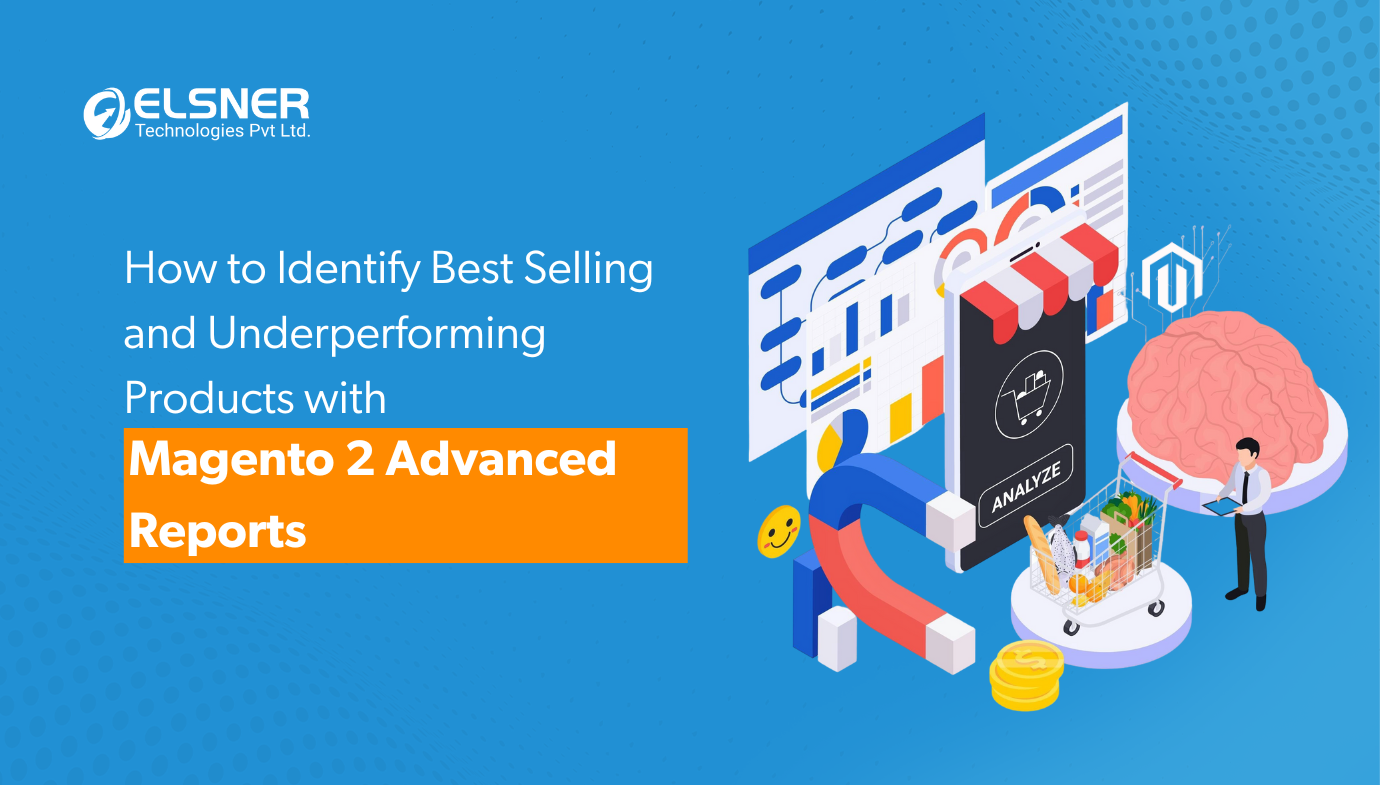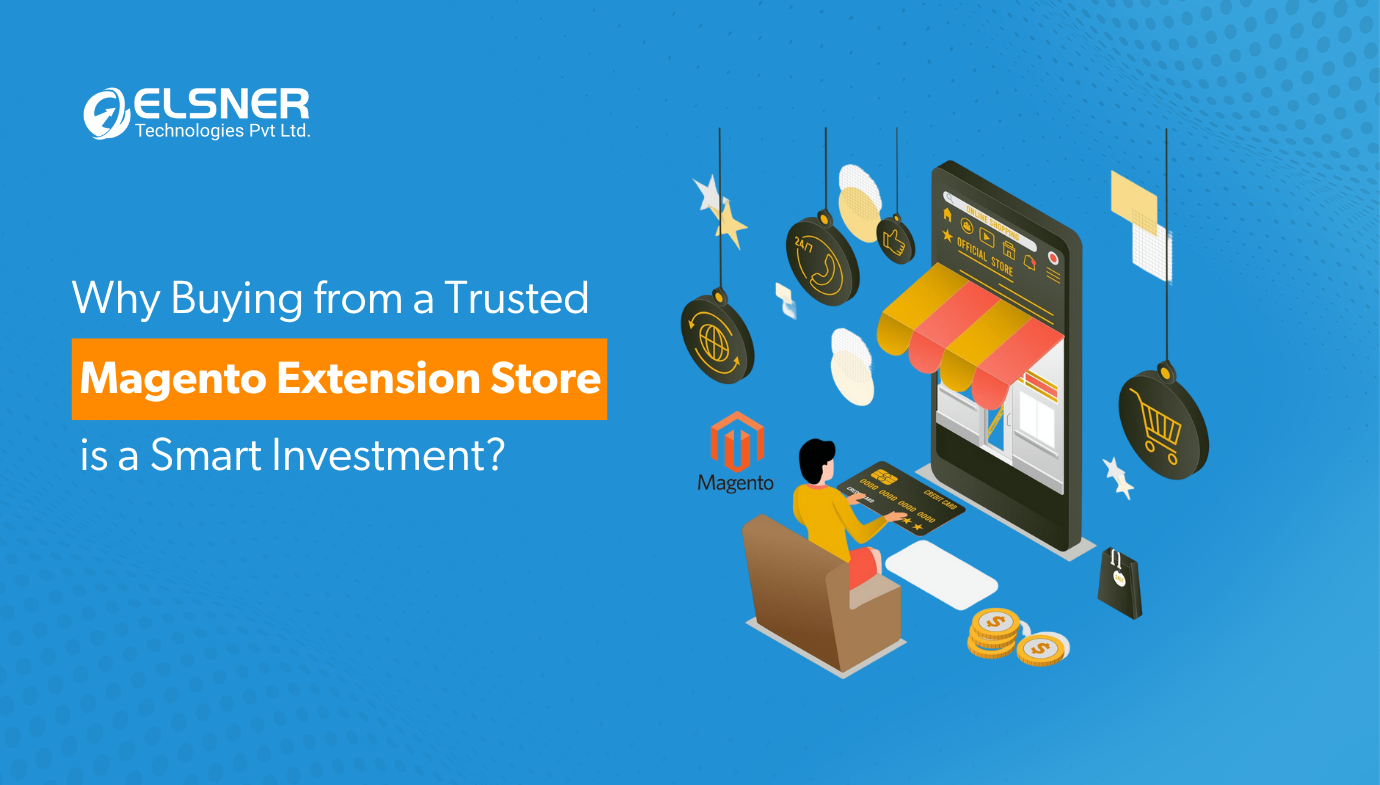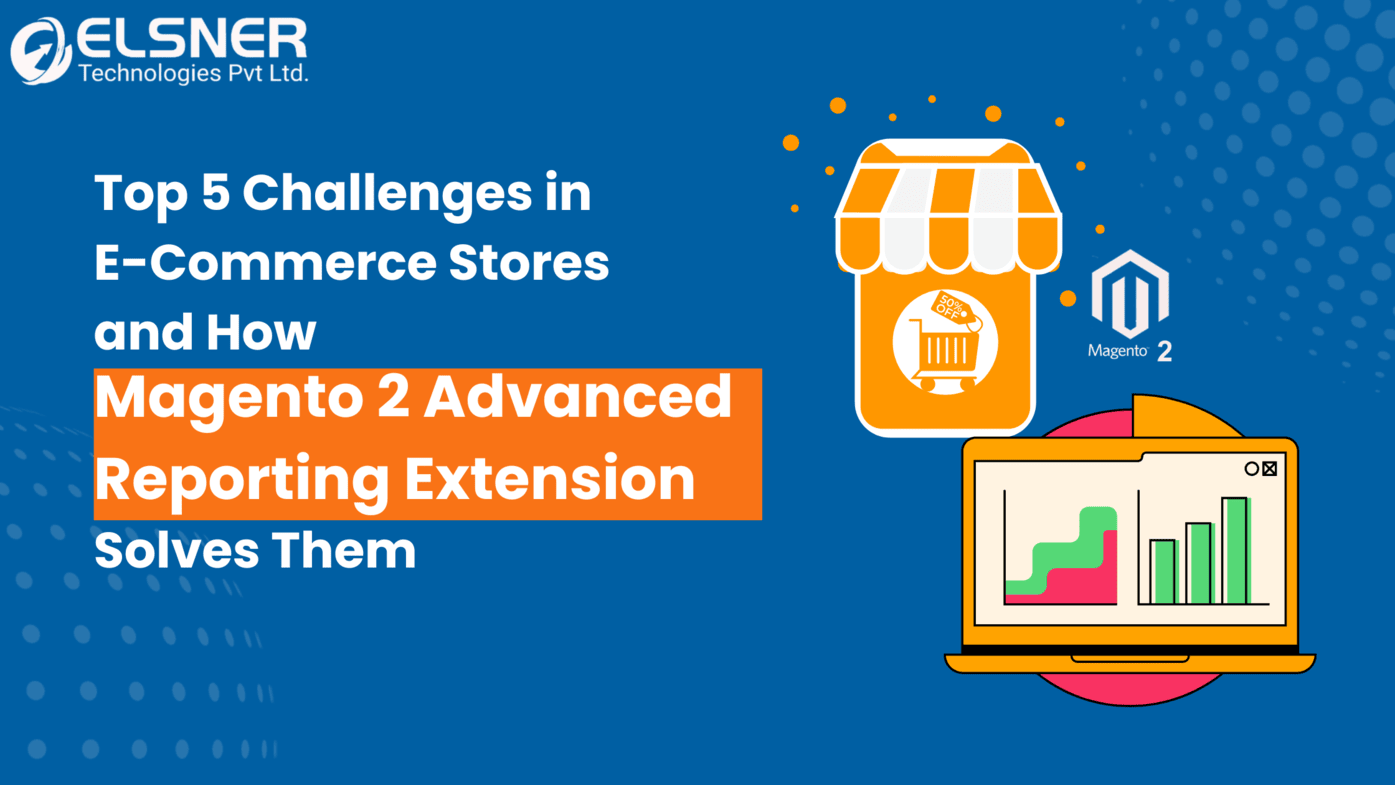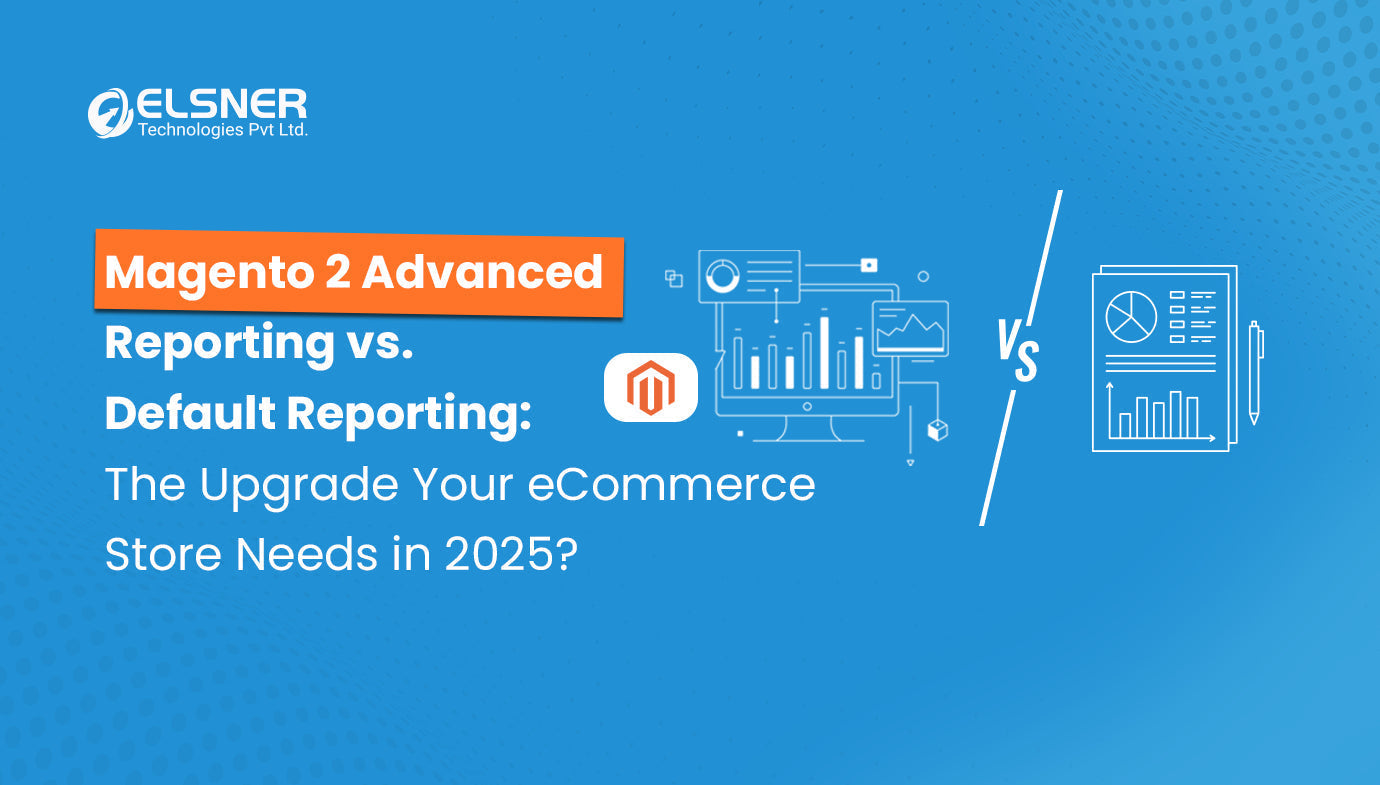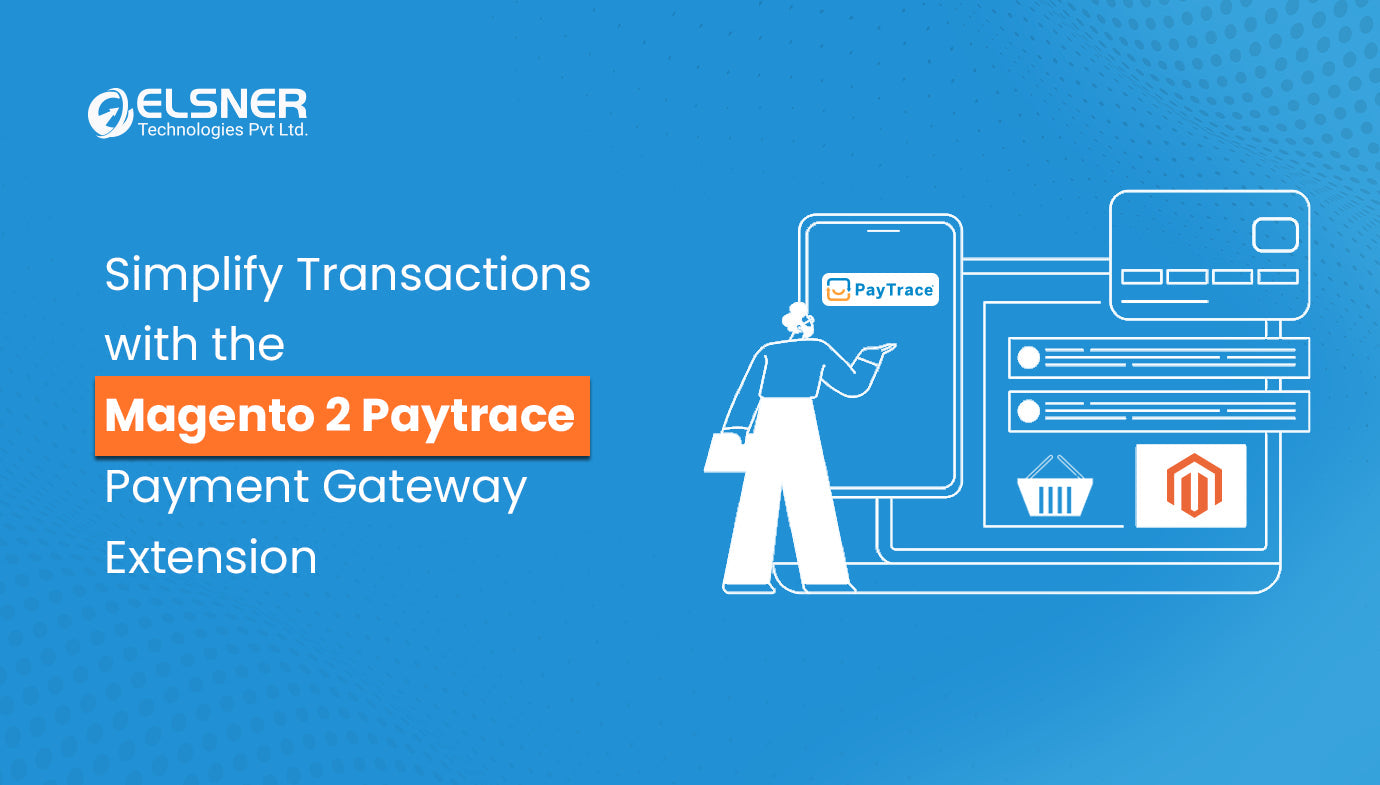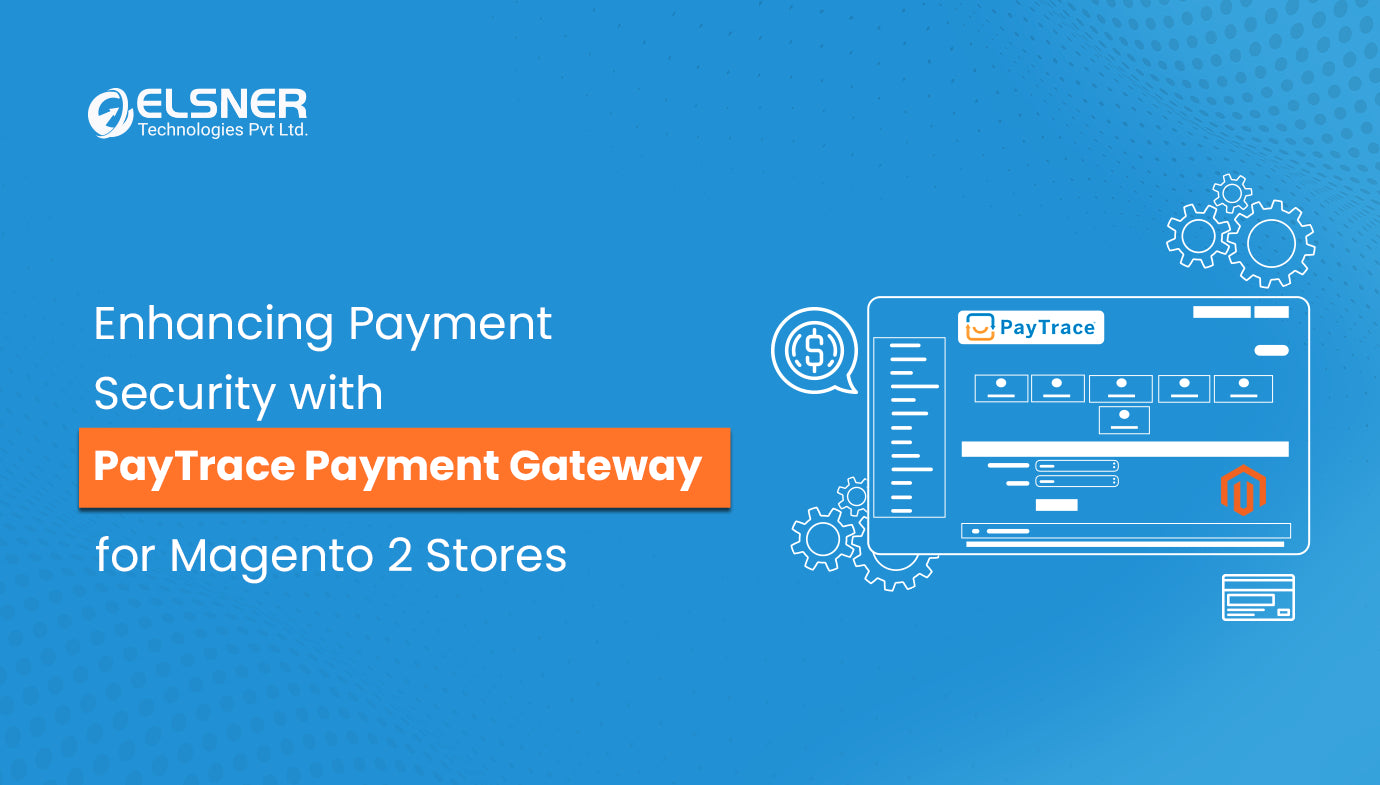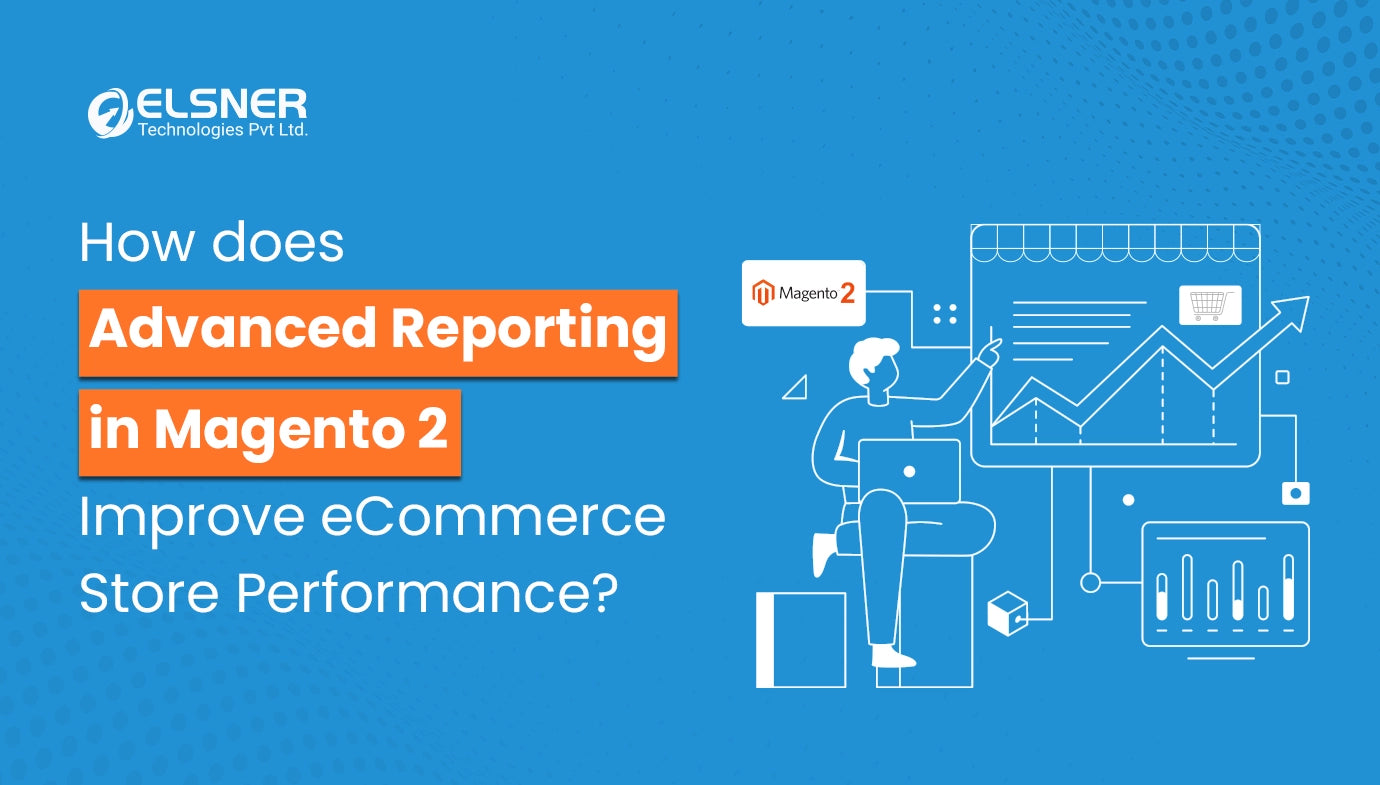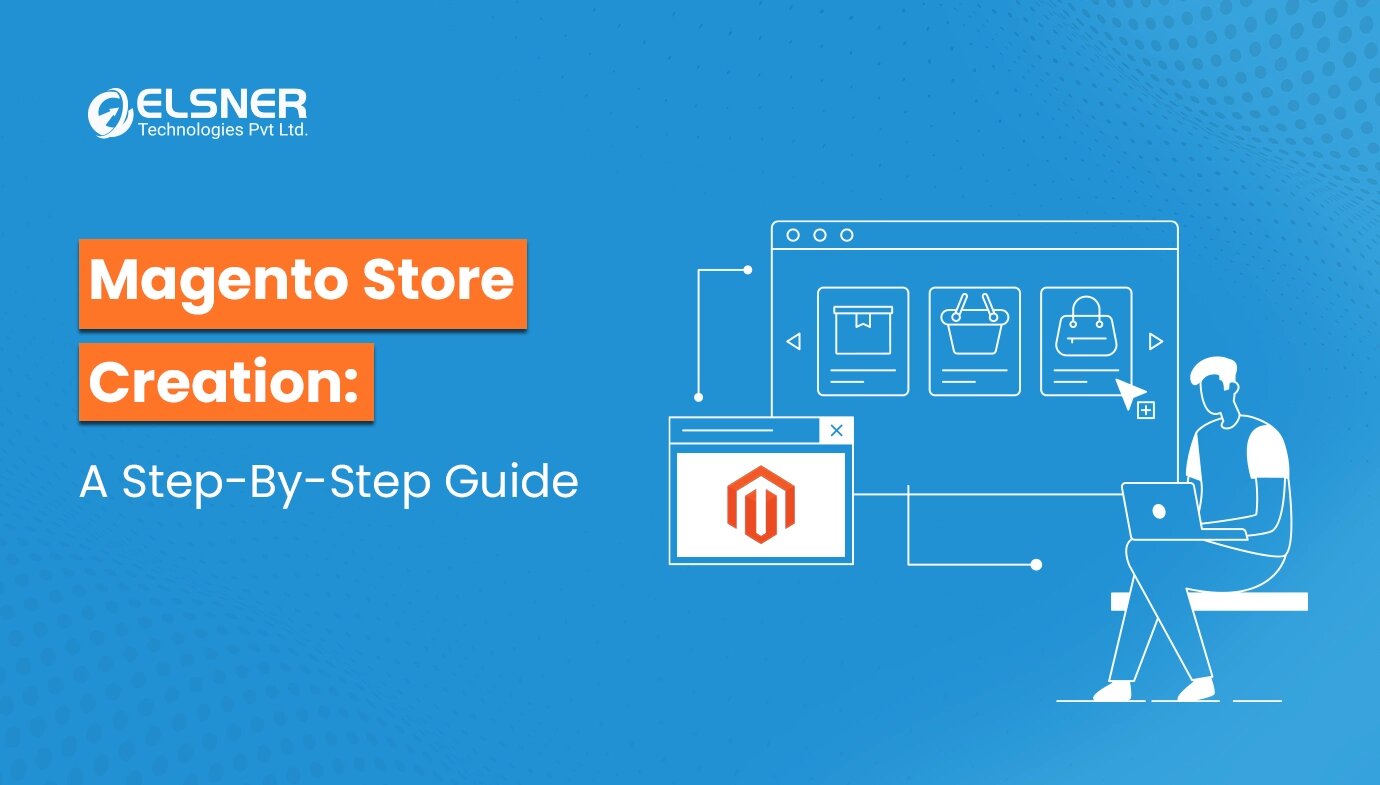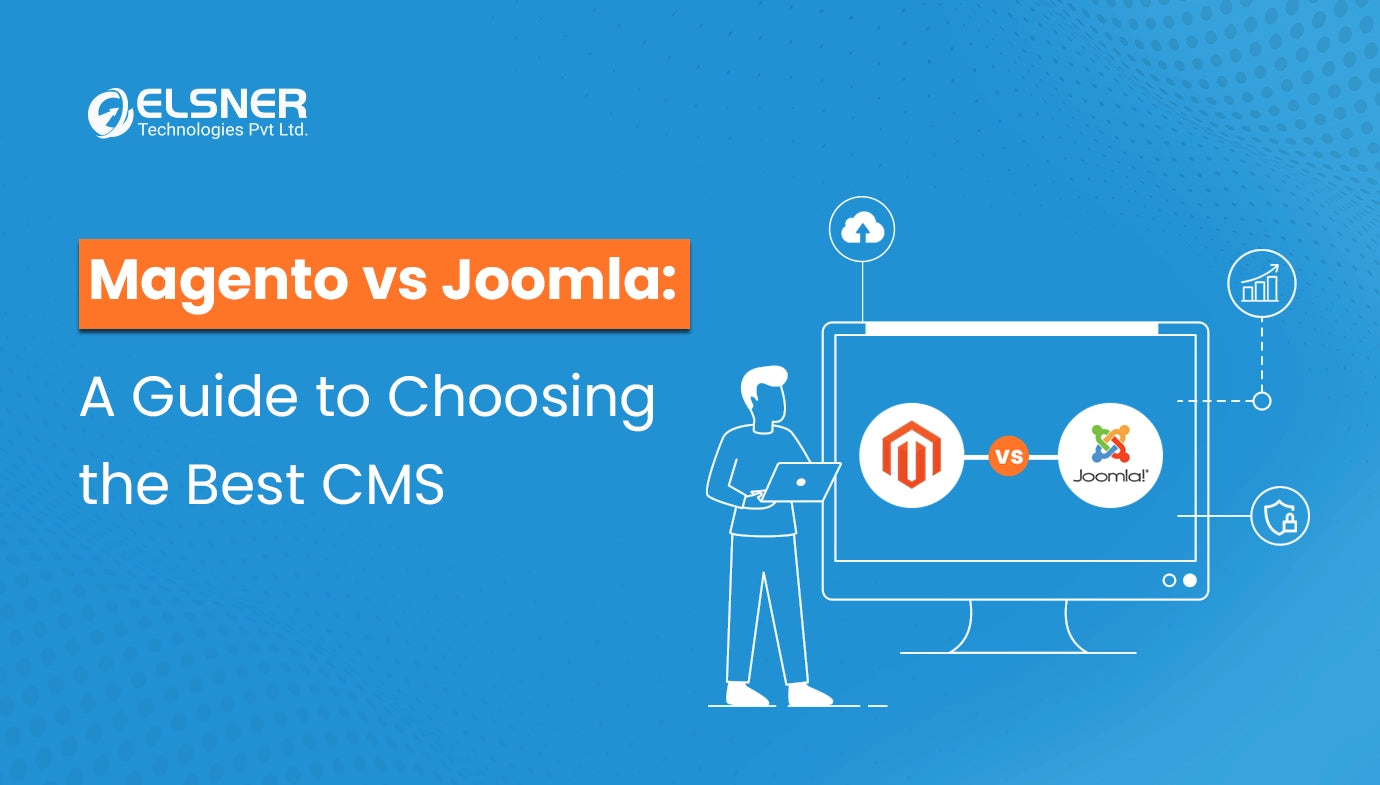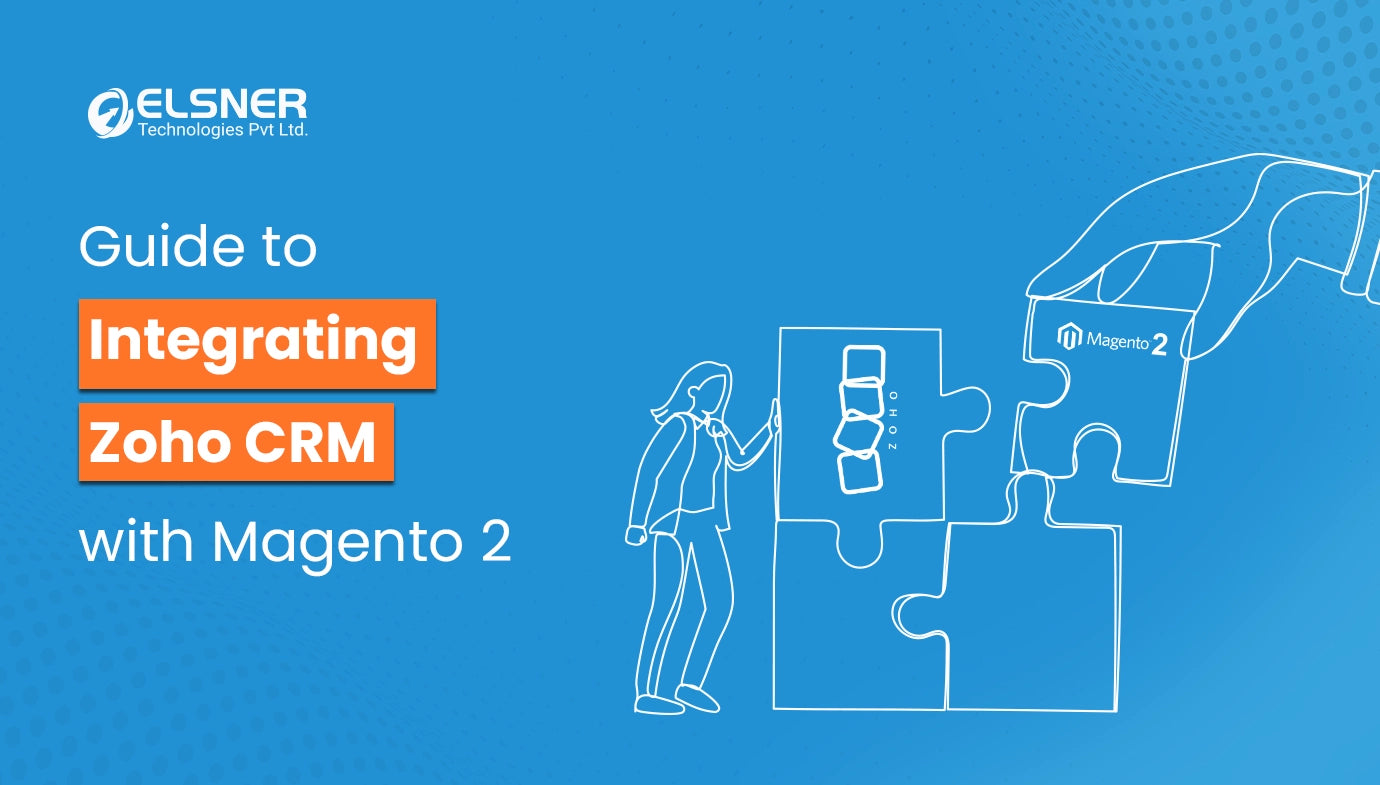Get in Touch
If you are new to Magento for running your eCommerce business, it is at times important for you to understand the backend of it. The store backend you develop with Magento is categorized into two components: store & store view and websites.
Running an online store over this platform isn’t just about using the right Magento 2 extensions but also understanding the technical attributes of it.
All the new users of Magento might find it complex to differentiate between the two, which might make configuration difficult. But, to ensure your Magento store is being operated feasibly, you must learn the right way to differentiate these components.
In this article, you will get a clear insight into all the two scopes or components of Magento, for you to be more knowledgeable about the platform before you use it for building your eCommerce store.
What is the Significance of Magento 2 Store View, Website and Store?
Store & Store View and Website are the two scopes of the Magento platform, and there is a reason for having them. The idea of introducing these scopes is to allow all store owners to establish variations of a single site or set up completely distinct websites on the backend of your store.
With this, your business will be empowered to deliver personalized user experiences for diverse audiences. You will be able to manage diverse stores at ease and use add-on modules from the Magento extension store to promote international sales.
If you want to use Magento for creating multiple stores or websites, using these given scopes will turn out to be immensely beneficial in process simplification.
What are the Differences Between Magento Store View & Store and Website?
To help you better understand the difference between these two scopes, here is a brief elaboration for each of them:
1. Website:
Once you are done with the installation of your Magento platform, you will be provided with a default site, referred to as the ‘main site’. However, the users will be provided with the flexibility of adding additional sites using unique IPs or domains.
With this scope or feature, you will be allowed to create different websites with varying identities while being on the Magento platform. Not only that but there are certain configurable elements associated with the Magento 2 website view.
All the intricate settings within Magento can be configured in this scope better than the other components of Magento. For instance, you will be able to create separate shipping or payment methods for specific websites.
But, one thing that the Magento Website view doesn’t support is altering the stock options. It means all the sites on Magento will share the similar inventory configurations. Some of the use cases associated with having different Magento websites include:
-
Brand Differentiation:
When you have different brands associated with different domain addresses, it is better to build different sites, as it would allow you to maintain unique brand identities for them all.
-
Creating Different Customer Groups:
When you are catering your brand offerings to different customer groups, either B2C or B2B, it is better to separate them with different sites. It will help you gather data more effectively and optimize the marketing strategies. Not only that, but you will also be able to set custom pricing for every group.
-
International Selling:
Shipping method, payment method and currency optimization are permissible with the website scope while operating your business internationally. You can also pick the right payment gateway module from your Magento extension store to make the process even more streamlined.
-
Product-Specific Requirement Fulfillment:
When you hire a Magento 2 developer to build a store, it is important you keep different sites for selling various types of products. This way, you will be able to add different payment models, such as one-click or subscription-based checkout. Not only that, but you will also be able to adopt different delivery options tailored to specific product categories.
2. Store & Store View
Within a Magento store, you get a container worth of categories, products and other such settings for added configurations. You can create multiple stores under the Magento site with unique settings of their own. Some of the things associated with the Store scope for you to know are:
-
Products & Categories:
Every store you create with the help of a Magento development company under this scope will have its own products or categories. With it, you will be able to organize the product catalog uniquely, making it ideal for different product lines or audiences.
-
Distinct Pricing:
Among the benefits, Store scope comes with the ability to set different prices for the products. It is a useful trait, especially when there are multiple stores to your name meant to target different regions or customer segments.
-
Varying Storefronts:
Every store comes with its unique design, letting you create a completely distinct experience for the customers. You will be able to add visually variable experiences across all the stores you have created on Magento.
-
Independent Inventories:
Stores can have different inventories and management attributes, which isn’t the case with the website view. You will be able to track the stock quantities and also manage the availability of products at your store level. Thus, proper inventory management can be obtained for every store you have built on Magento.
Parting Words
Learning about these scopes in detail is going to help you leverage the full potential of the Magento platform. Apart from being open to using the diverse Magento 2 extensions, having the capability to create different stores for selling various types of products is all that will help you be more successful with your eCommerce venture.
There is a lot that Magento has within its codebase and functionality attributes for you to know. So, you must connect with your development team and take their help in understanding these scopes and their utilizations better. Once done, go ahead and plan your way into the eCommerce industry while leveraging the full potential of Magento.

